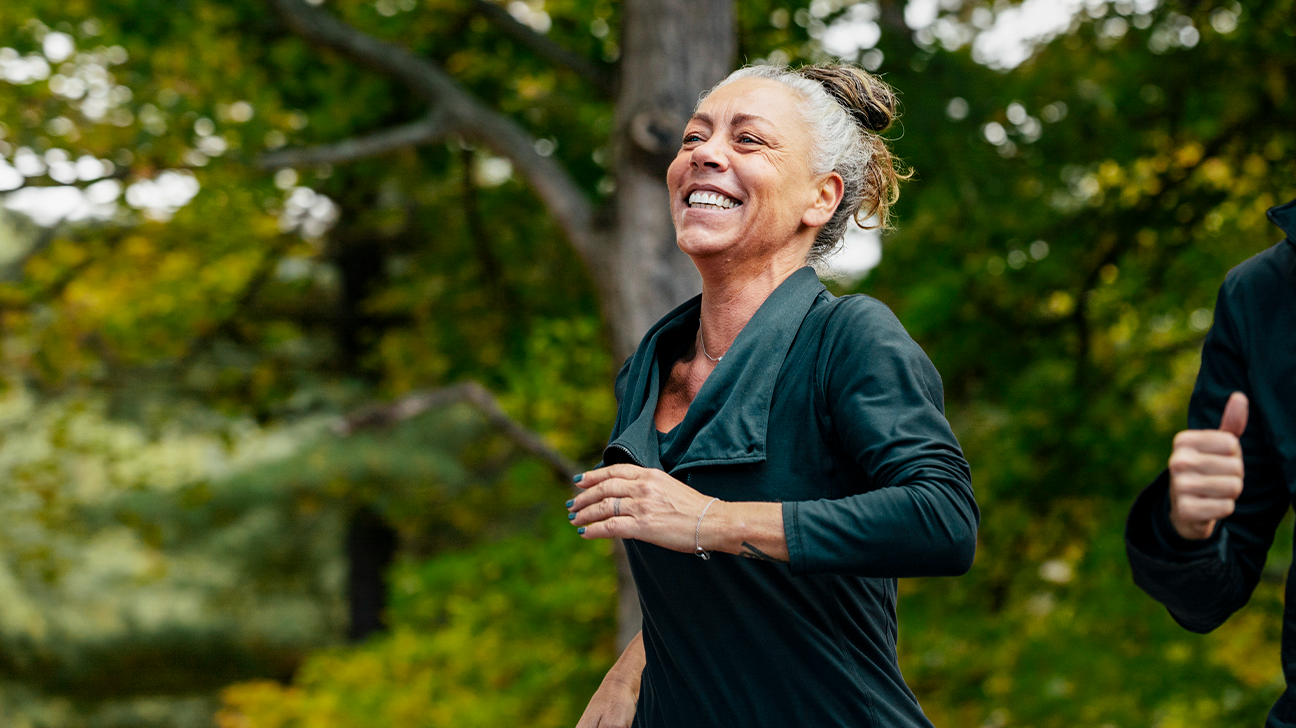The Science of Laughter
Laughter is a complex response involving multiple regions of the brain. It starts in the limbic system, the part of the brain responsible for emotions, and involves the prefrontal cortex, which helps us understand and react to humor. When we laugh, our brains release endorphins, the body’s natural painkillers, and serotonin, a mood-lifting hormone. This biochemical response explains why laughter can instantly lift our spirits and provide a sense of euphoria.
Health Benefits of Laughter
- Stress Reduction: Laughter reduces the level of stress hormones like cortisol and adrenaline. It also increases the production of endorphins, which promote a sense of well-being and relaxation.
- Immune Boost: Regular laughter can strengthen the immune system by increasing the production of antibodies and activating immune cells like T-cells.
- Pain Relief: Laughter triggers the release of endorphins, which can help reduce pain and discomfort. It’s a natural way to alleviate chronic pain and improve the quality of life for those with conditions like arthritis or fibromyalgia.
- Cardiovascular Health: Laughing stimulates the heart and lungs, enhancing oxygen intake and improving circulation. This can lower blood pressure and reduce the risk of heart disease.
- Mental Health: Laughter helps combat depression and anxiety by providing a sense of joy and connection. It encourages a positive outlook on life and fosters resilience against life’s challenges.
Social Benefits of Laughter
Laughter is a social glue that strengthens relationships and fosters a sense of community. Here’s how it impacts our social lives:
- Bonding: Shared laughter creates a sense of camaraderie and strengthens social bonds. It can break down barriers, making it easier to connect with others.
- Conflict Resolution: Humor can be an effective tool for defusing tension and resolving conflicts. It provides a way to address issues without escalating the situation.
- Enhanced Communication: Laughter promotes open and honest communication. It encourages a light-hearted approach to serious topics, making discussions more productive.
- Increased Attraction: A good sense of humor is often cited as a desirable trait in romantic partners. Laughter can enhance mutual attraction and foster long-lasting relationships.
The Origins of Laughter
Laughter is an ancient behavior that predates human language. It is believed to have evolved as a social signal to promote group cohesion and cooperation among early humans. Primatologists have observed laughter-like behaviors in primates, suggesting that our evolutionary ancestors used laughter to communicate and bond within social groups.
Cultivating More Laughter in Your Life
Incorporating more laughter into your daily routine can significantly enhance your quality of life. Here are some tips to help you laugh more:
- Surround Yourself with Humor: Watch comedies, read funny books, or follow humorists on social media. Fill your environment with things that make you laugh.
- Spend Time with Lively People: Engage with friends and family members who have a good sense of humor. Laughter is contagious, and being around cheerful people can boost your mood.
- Laugh at Yourself: Don’t take yourself too seriously. Find humor in your own mistakes and shortcomings. It’s a great way to stay humble and lighten up.
- Practice Laughter Yoga: This exercise combines deep breathing techniques with playful laughter exercises. It’s a fun and effective way to boost your mood and relieve stress.
- Attend Comedy Shows: Live performances by comedians can be a great source of laughter. The shared experience of laughing with an audience can amplify the joy.
Conclusion
Joyous laughter is more than just a spontaneous reaction to something funny; it’s a powerful force that enhances our physical health, mental well-being, and social connections. In a world where stress and negativity often dominate, finding reasons to laugh can be a crucial coping mechanism. So, embrace the lighter side of life, seek out humor, and let laughter weave its magic into your daily routine. After all, as Charlie Chaplin once said, “A day without laughter is a day wasted.”
FAQs
- What is laughter yoga? Laughter yoga is a practice that combines deep breathing exercises with playful laughter activities to improve mood and reduce stress.
- Can laughter really improve physical health? Yes, laughter has been shown to reduce stress hormones, boost the immune system, relieve pain, and improve cardiovascular health.
- How does laughter help in social bonding? Laughter creates a sense of camaraderie and strengthens social bonds by fostering a positive and enjoyable atmosphere.
- Is there a difference between fake and genuine laughter? Both fake and genuine laughter can provide benefits, but genuine laughter typically has a stronger positive impact on mood and social connection.
- How can I incorporate more laughter into my daily life? Surround yourself with humor, spend time with lively people, laugh at yourself, practice laughter yoga, and attend comedy shows to increase the amount of laughter in your life.

